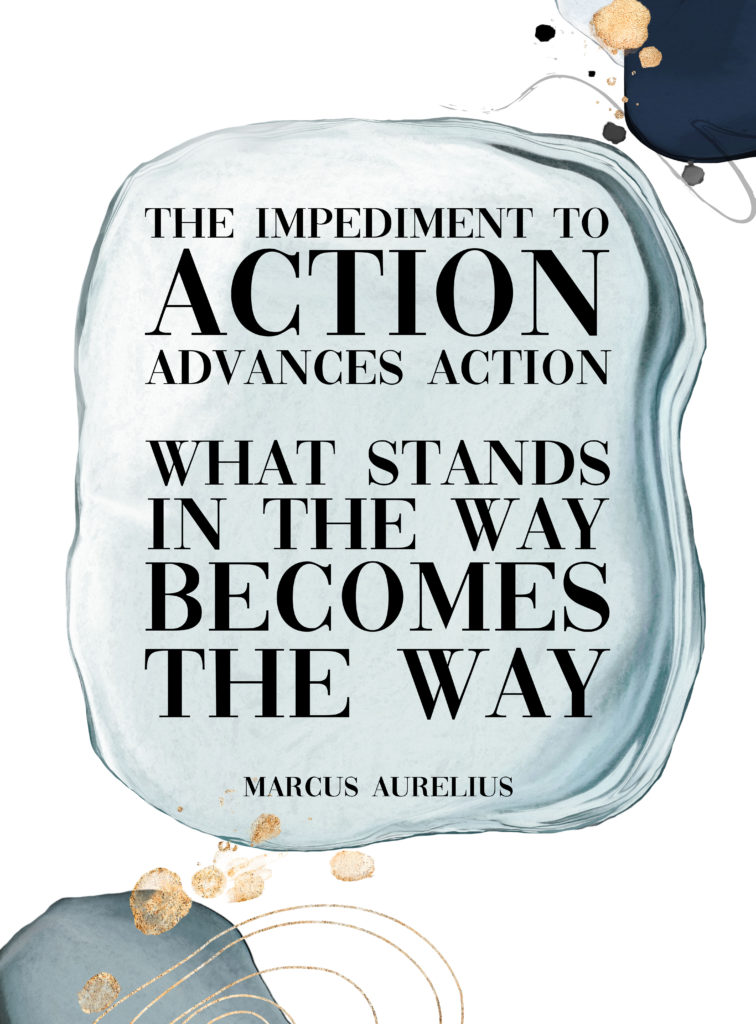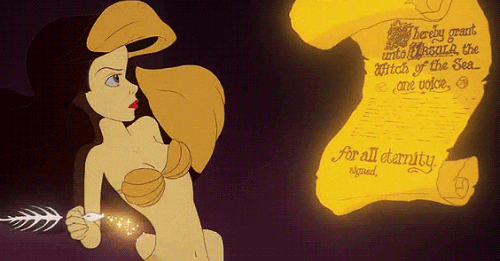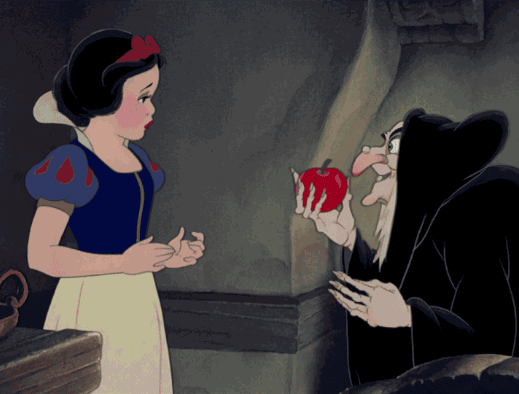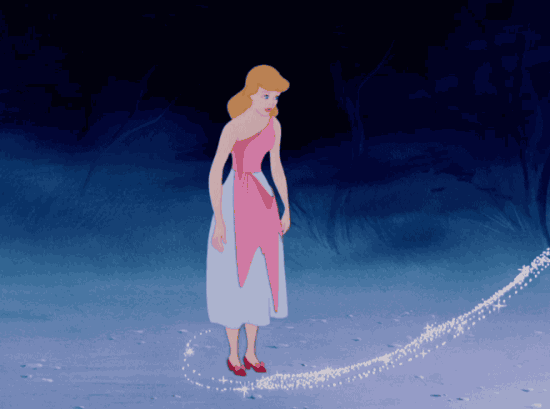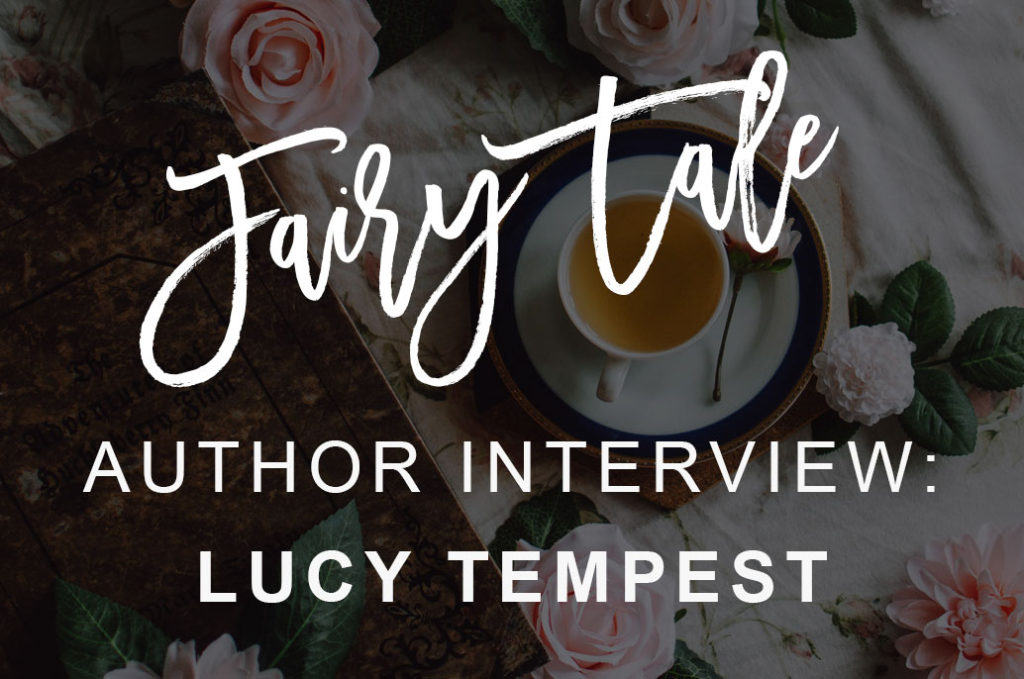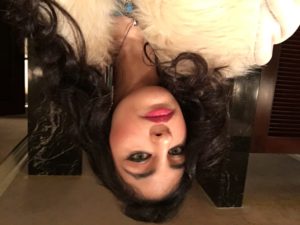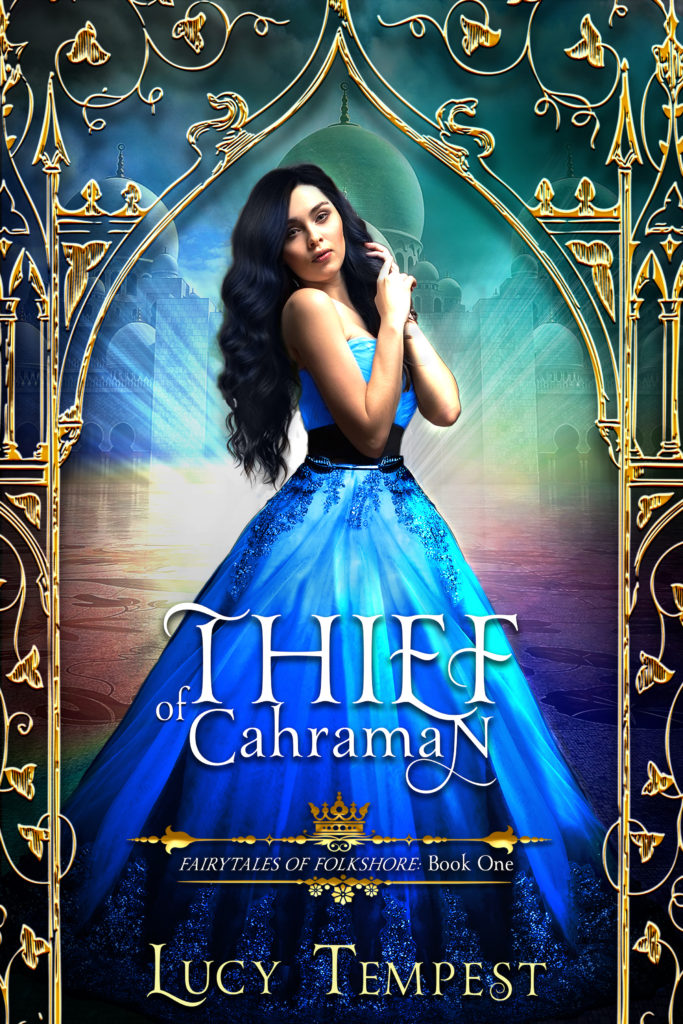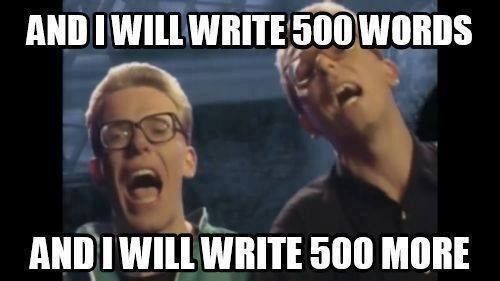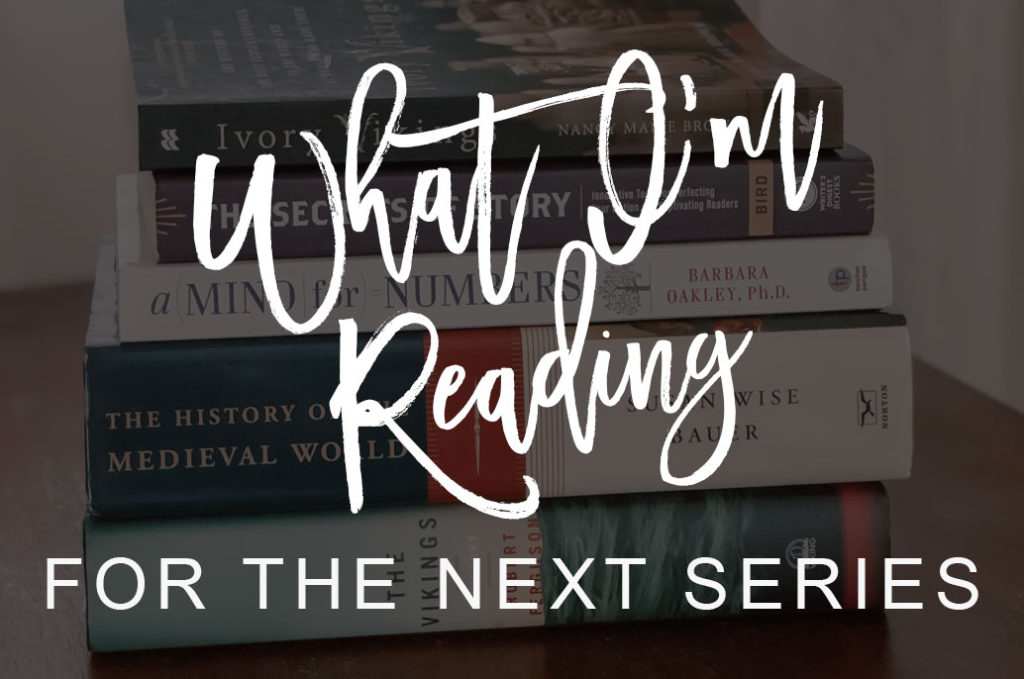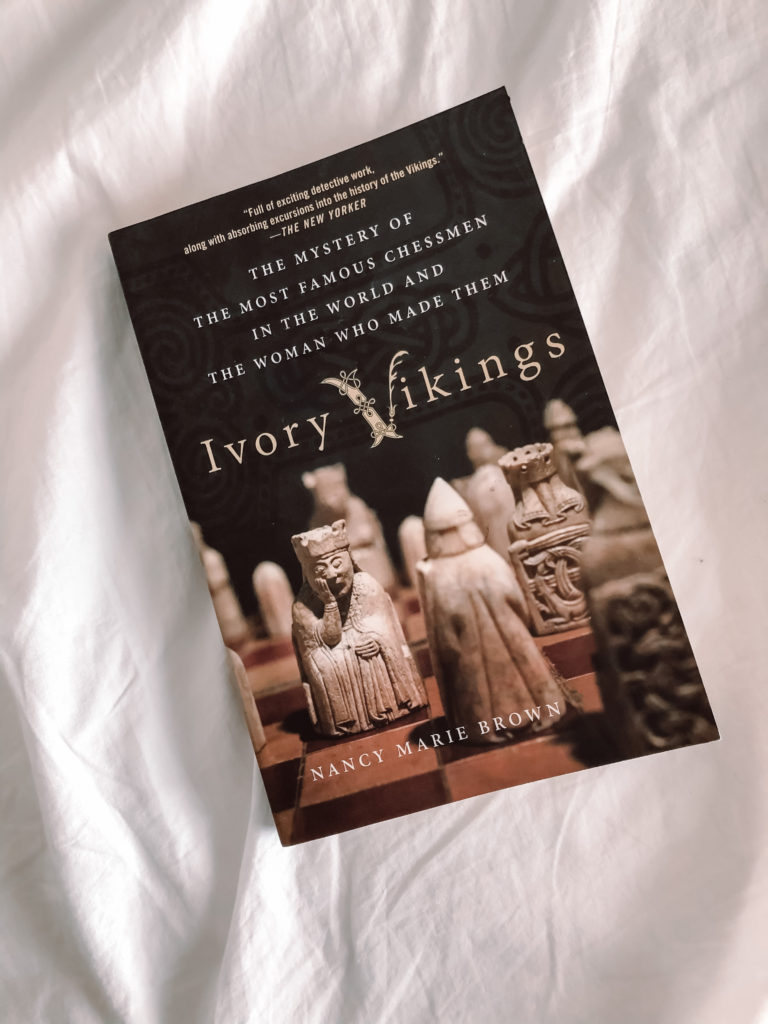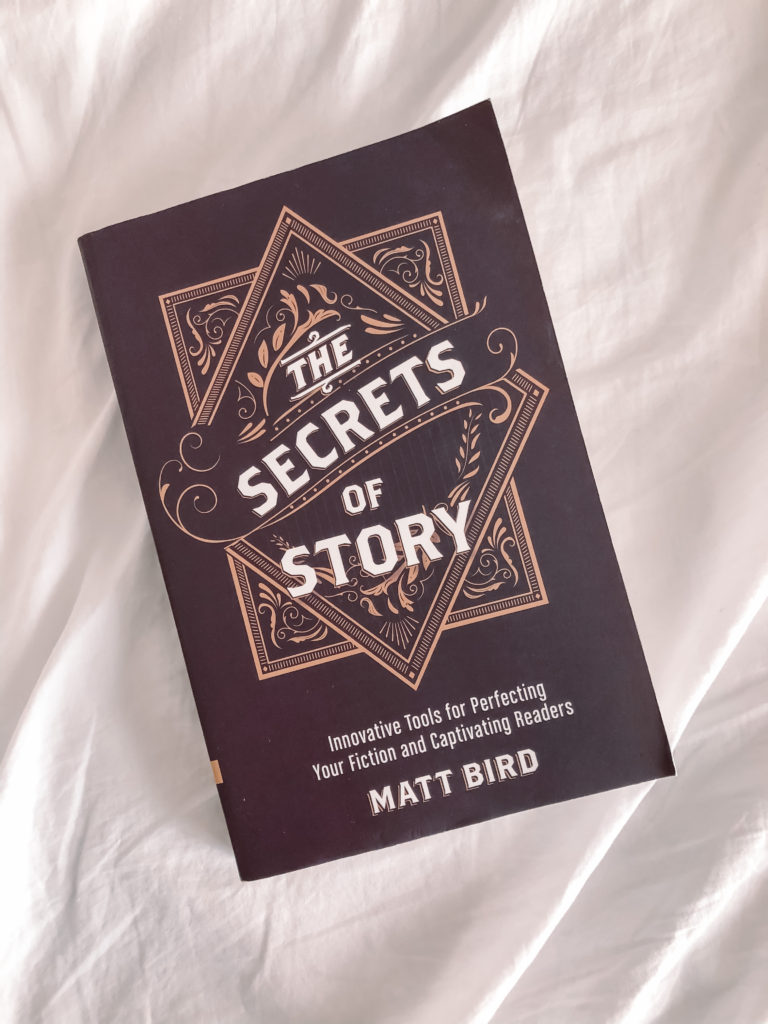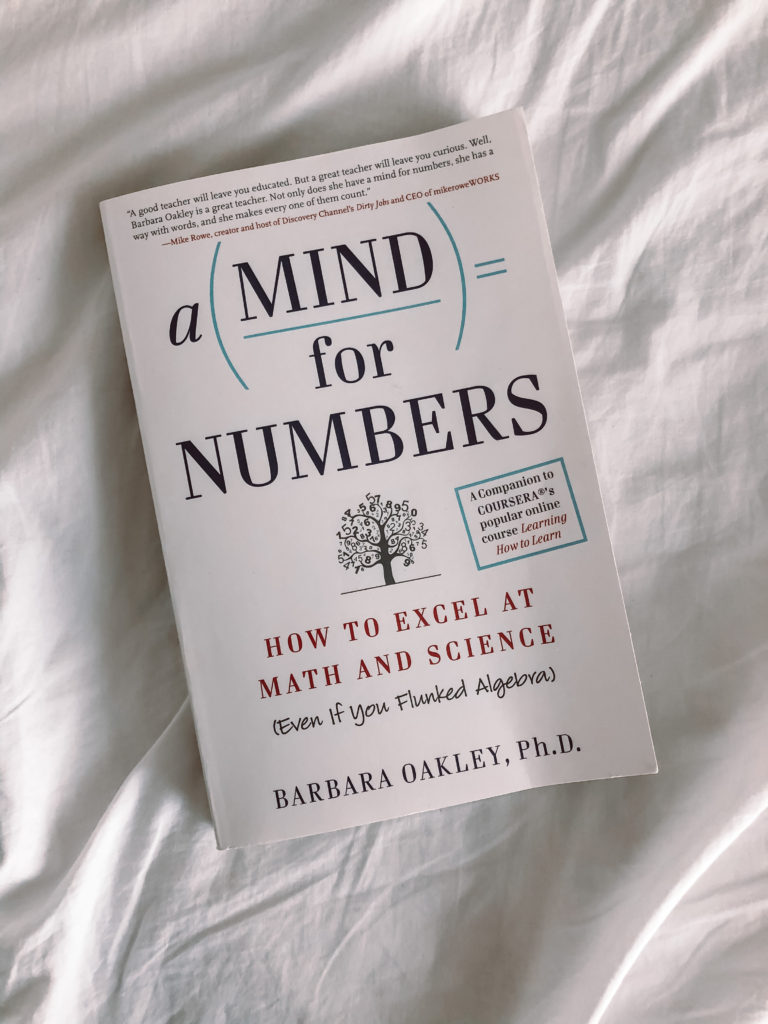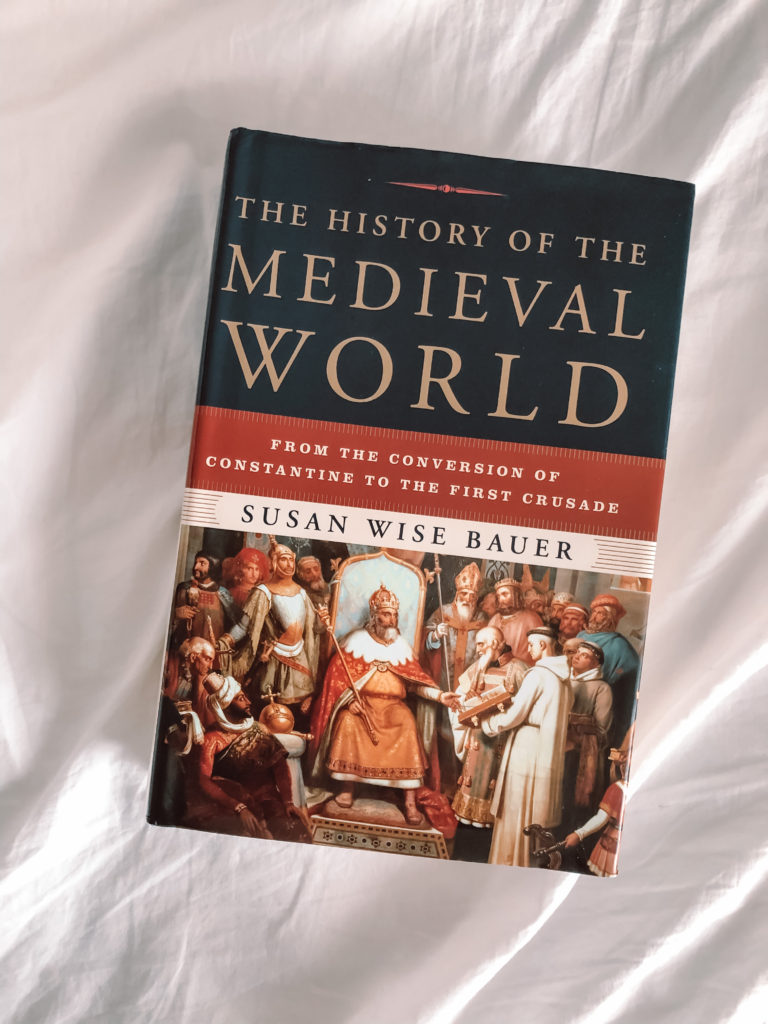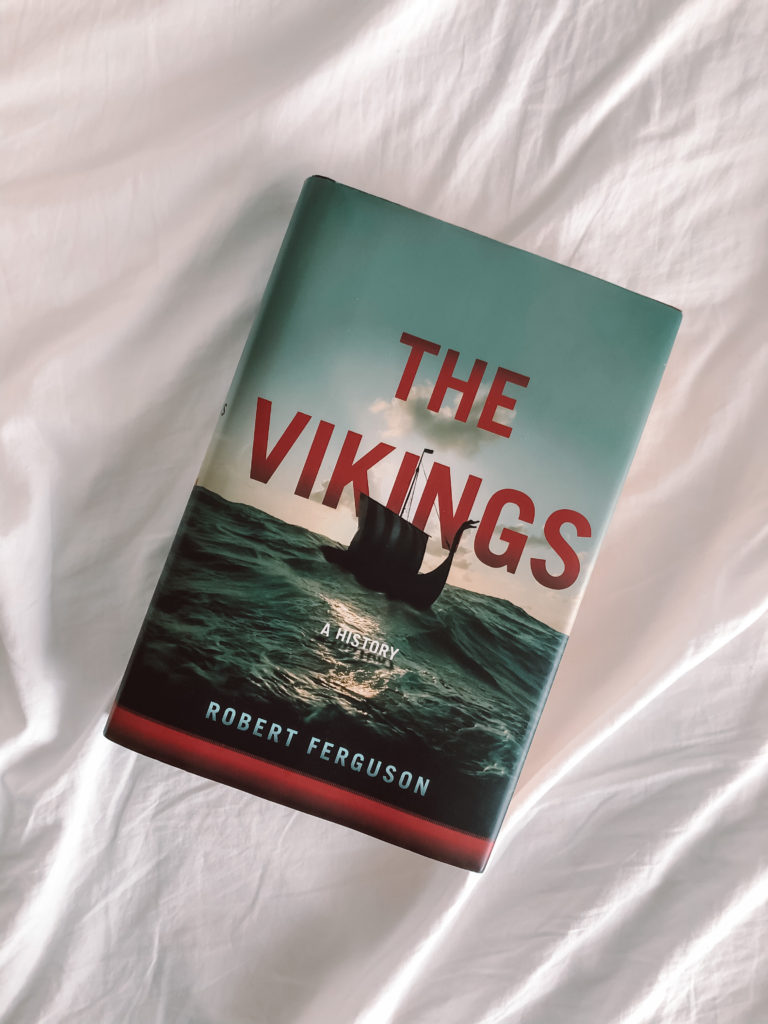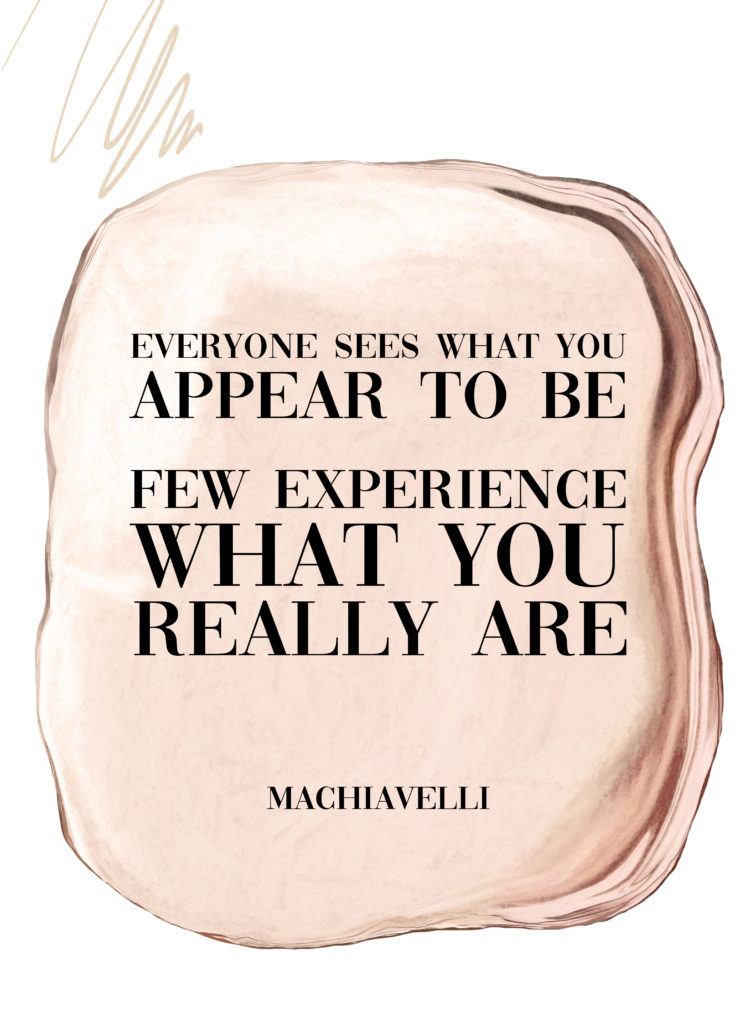
Continuing my plan to make art prints for the epigraphs in the Destined series, here is the quote from Book 2 – Hidden: Rapunzel’s Story. Download the high res PDF here.
This is one of my favorite quotes! I first heard it in Ryan Holiday’s wonderful book The Obstacle is the Way and have held onto it ever since. As he explains it in the book, the very thing that seems to be standing in your way could be just the advantage you need to succeed. (my paraphrase)
Just like heavy weights build muscles, life’s challenges can grow our character, train us in essential skills, and give us radical new ideas that would not have come from comfort and ease. As Holiday says, “Great times are great softeners.”
I don’t think a truly struggle-free life exists. Since trials are inevitable, it really comes down to committing to view every struggle as an opportunity, rather than fleeing from every sign of challenge or hardship.
Here are a few examples of how this could play out in daily life:
Loneliness can help you value other people more.
Isolation can be an opportunity for solitude and thoughtfulness.
Social rejection can strengthen your convictions and independence.
Failure can increase your sense of humility.
Weakness can grow your compassion for the struggles of others.
Lack of resources can fuel innovation and creativity within constraints.
Can. Not will. Sometimes life beats you down so much there’s no seeing the glass half full, and I get that.
But if you can make use of this mindset in times of trial, you may one day look back and be amazed at the opportunities that have ultimately come out of your greatest hardships. I know I have!
I hope this art print helps you remember to seek opportunities even in your hardest moments.
xo

